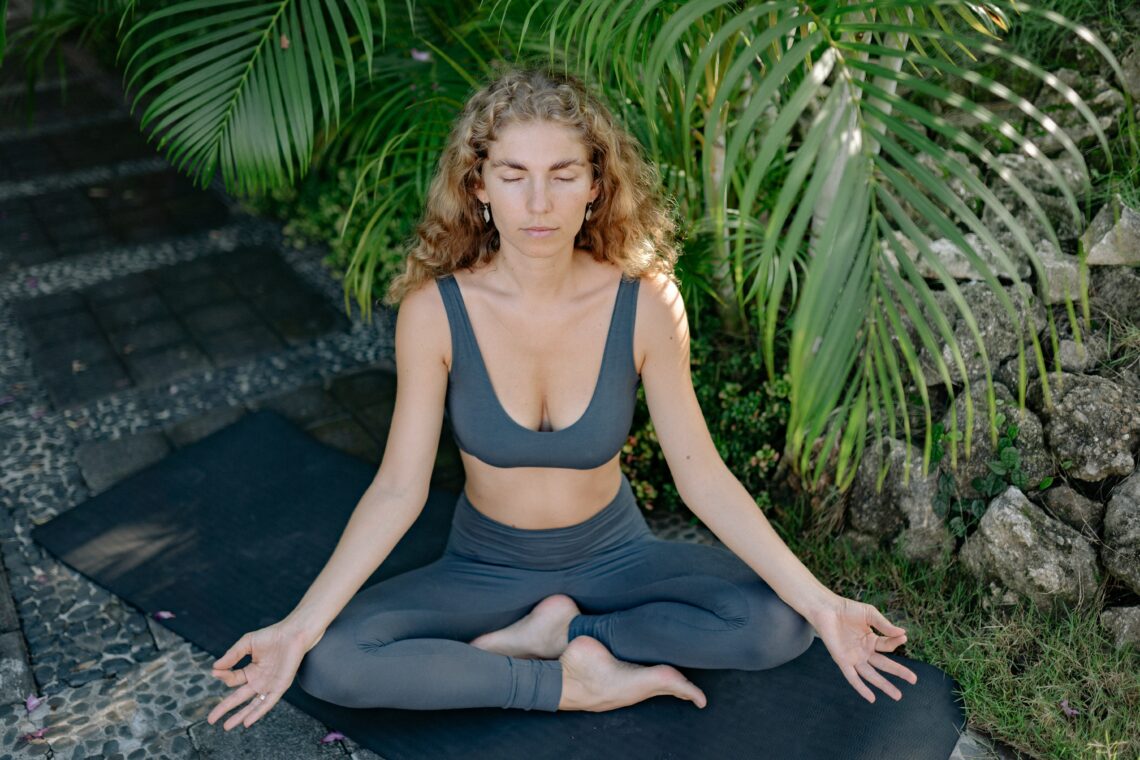
Exercises for Heavy Menstrual Flow Anaemia
Women who are anaemic or have a problem with heavy menstrual bleeding tend to be very tired; they often find that moderate to brisk exercise is difficult for them because they lack stamina and endurance. The fatigue problem tends to resolve as the anaemia and bleeding are corrected nutritionally. In the meantime, women with these conditions may completely stop their regular exercise program in an attempt to avoid feeling tired. However, complete avoidance of exercise is not healthy, for it reduces oxygenation and circulation to vital organs, such as the brain and heart, as well as all the cells of the body.
Gentle exercise such as deep breathing exercises, progressive muscle relaxation, range-of-motion exercises to keep the joints mobile, and slow relaxed walking promote good oxygenation and circulation and can even help to increase energy. The key is to exercise in a gentle, slow fashion.
1- DEEP BREATHING
Deep, slow abdominal breathing is very important for your health and vitality. It expands your lungs and allows you to bring adequate oxygen, the fuel for metabolic activity, to all the tissues of your body. Rapid, shallow breathing decreases your oxygen supply and keeps you devitalized. Deep breathing helps to relax the entire body and strengthens the muscles in the chest and abdomen. Women with heavy menstrual bleeding and anaemia have reduced haemoglobin and red blood cell counts, so less oxygen is available than under normal conditions.
The Exercise: Lie flat on your back with your knees pulled up. Keep your feet slightly apart. Try to breathe in and out through your nose. Inhale deeply. As you breath in, allow your stomach to relax so that the air flows into your abdomen. Your stomach should balloon out as you breathe in. Visualize your lungs filling up with air so that your chest swells out.
Imagine that the air you breathe is filling your body with energy.
Exhale deeply. As you breathe out, let your stomach and chest collapse. Imagine the air being pushed out, first from your abdomen and then from your lungs.
2- PROGRESSIVE MUSCLE RELAXATION
Women who are anaemic may have muscles that are tense and tight because of inadequate oxygenation and blood flow. Lactic acid tends to accumulate in these muscles, and muscle tension can become a chronic problem. Movement effectively breaks up this pattern of chronically tight muscles. Unfortunately, women with anaemia tend to become less active as their fatigue worsens. While strenuous exercise may be too difficult for a woman with anaemia, it is still very important to keep the muscles loose and limber. Besides feeling more relaxed, supple muscles have a beneficial effect on mood and induce a sense of peace and calm. The following exercise will aid in releasing muscle tension.
The Exercise: Lie in a comfortable position. Allow your arms to rest limply, palms down, on the surface next to you. Practice your deep abdominal breathing as you do this exercise.
Clench your hands into fists and hold them tightly, for 15 seconds. As you do this, relax the rest of your body. Then let your hands relax.
Now, tense and relax the following parts of your body in this order: face, shoulders, back, stomach, pelvis, legs, feet, and toes. Hold each part tensed for 15 seconds and then relax your body for 30 seconds before going on to the next part.
Visualize the tense part contracting, becoming tighter and tighter. On relaxing, see the energy flowing into the entire body like a gentle wave, making all the muscles soft and pliable.
Finish the exercise by shaking your hands. Imagine the remaining tension flowing out of your fingertips.
Photo by Yan Krukov from Pexels




